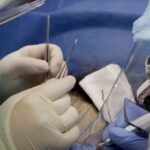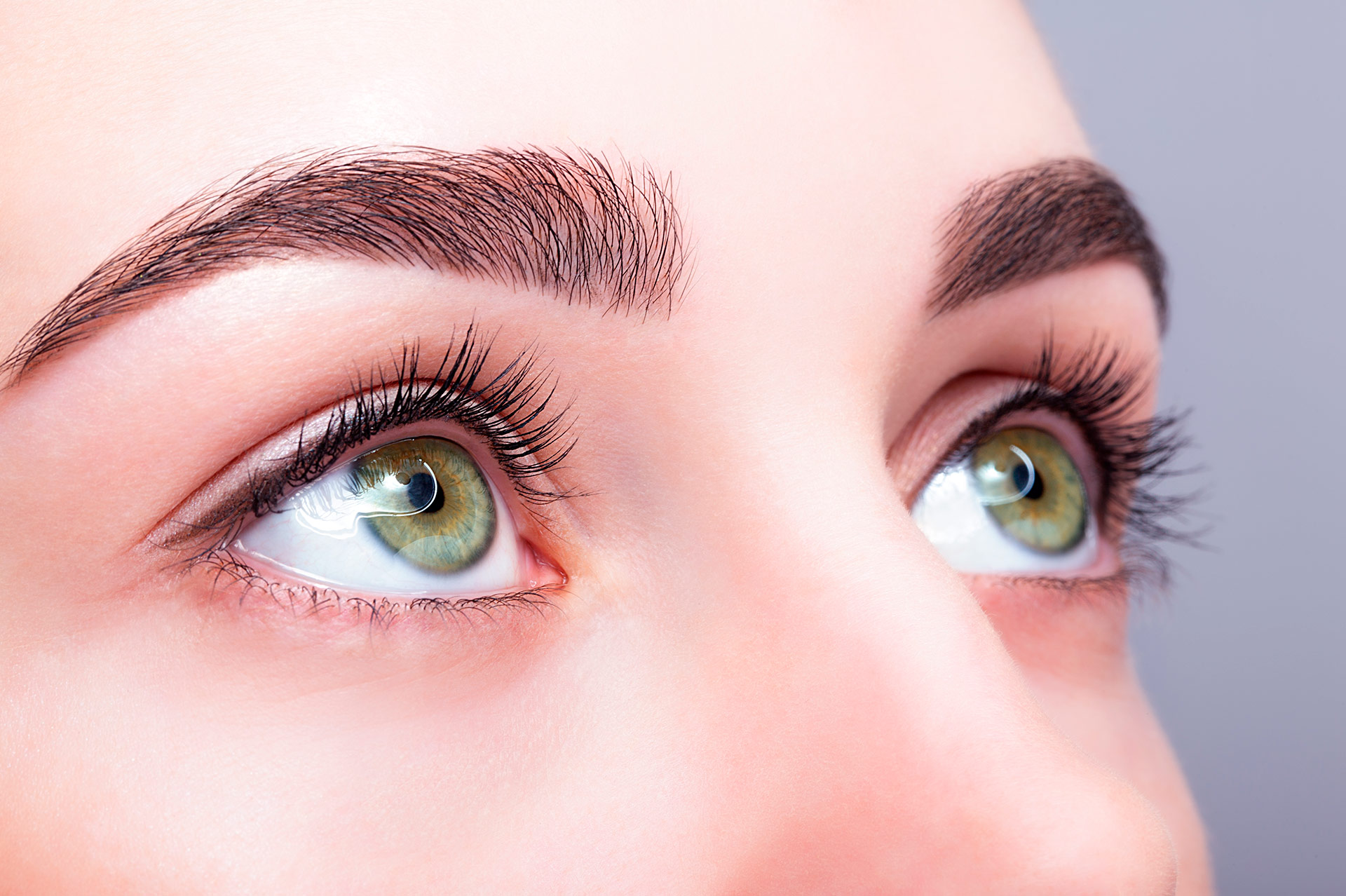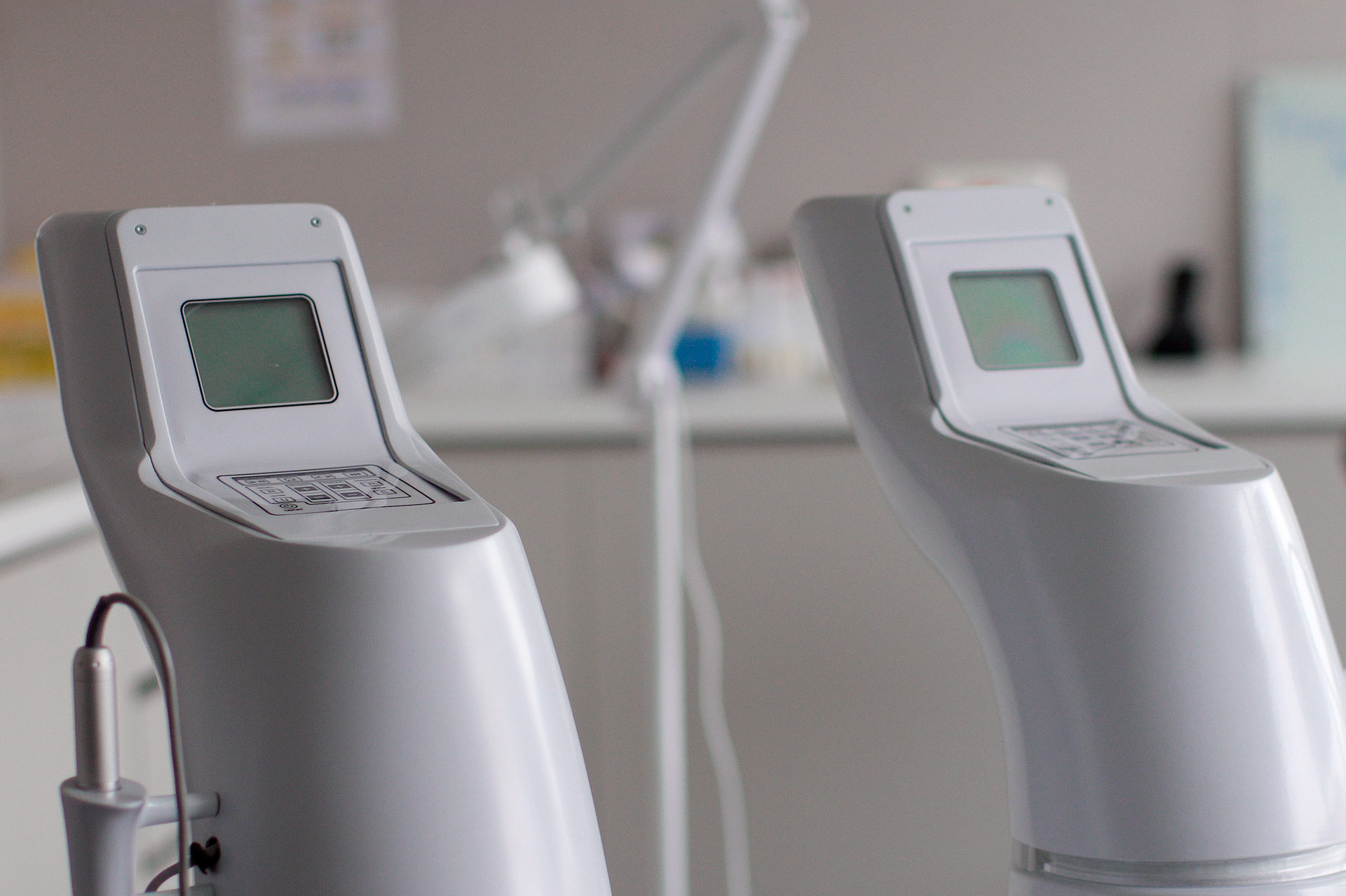
¿Cómo es la intervención de un injerto de cejas?
La ceja asume en el ser humano una función determinante en la comunicación no verbal y en la expresión de sentimientos, algo fundamental en las relaciones humanas. Su ausencia puede dar una apariencia diferente de la usual, poco apreciada. Además, en las personas, las cejas tienen otra función importante, moldear los ojos. Lo que, en conjunto con los rasgos faciales, crea una fisonomía única.
Antes de realizar un microtrasplante de pelo de las cejas, habría que realizar una valoración previa para determinar cuál es la posible causa de la caída de las mismas. Entre estas posibles causas se encuentran patologías médicas que convendría tratar previamente para obtener un resultado óptimo con el trasplante de cejas.
Hoy por hoy, el trasplante de cejas es la única técnica que ha demostrado eficacia a la hora de recuperar el pelo perdido. El resto de tratamientos médicos puede mantener o fortalecer el pelo de la zona.
Las causas más frecuentes de ausencia parcial o total de las cejas son:
– Tracción
– Cicatrices
– Quimioterapia
– Tricotilomanía
– Enfermedades concomitantes: liquen plano pilaris, alopecia areata.
– En función del origen de la alopecia, tendremos que hacer un abordaje diferente, planteando asociar tratamientos médicos a la propia cirugía. En ocasiones el trasplante de cejas se puede asociar al implante de cabello en el cuero cabelludo, algo que es particularmente frecuente en los casos de liquen plano pilaris (en su forma de alopecia fibrosante frontal).
El trasplante de cejas es un procedimiento que presenta una serie de particularidades que merece la pena tener en cuenta, como el ángulo de implantación de las unidades foliculares o el número de pelos que tiene que tener cada unidad folicular. Tener en cuenta todas las circunstancias nos permite obtener los mejores resultados.
Habitualmente para realizar un microtrasplante de cejas, es necesario rasurar zonas muy pequeñas de la zona donante (zona posterior del cuero cabelludo), zonas de menor tamaño que para realizar un trasplante de cabello.
El número exacto de unidades foliculares se determinará en consulta y de forma previa a la realización del microtrasplante de cejas, ya que cada persona tiene las cejas de forma diferente y de diferente grosor.
La intervención es ambulatoria, no es necesaria la hospitalización. La duración del procedimiento es entre tres y cuatro horas y se emplea anestesia local.



